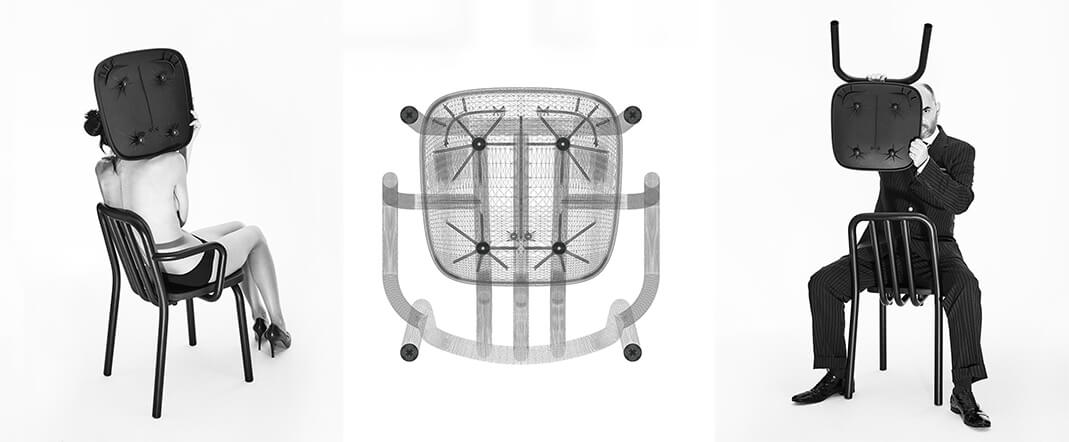Eugeni Quitllet, a tireless creator, utilizes all available resources and his brilliant capacity for association to find inspiration. Marcel Breuer, Oscar Schlemmer, Pablo Picasso, and “Beauty and the Beast” serve as elements that inspire him to design the Tube chair a steel tube chair with a hidden mask beneath the seat.
Marcel Breuer designed the Wassili chair, one of the first chairs made with steel tube, drawing inspiration from observing a bicycle, also constructed from tube.
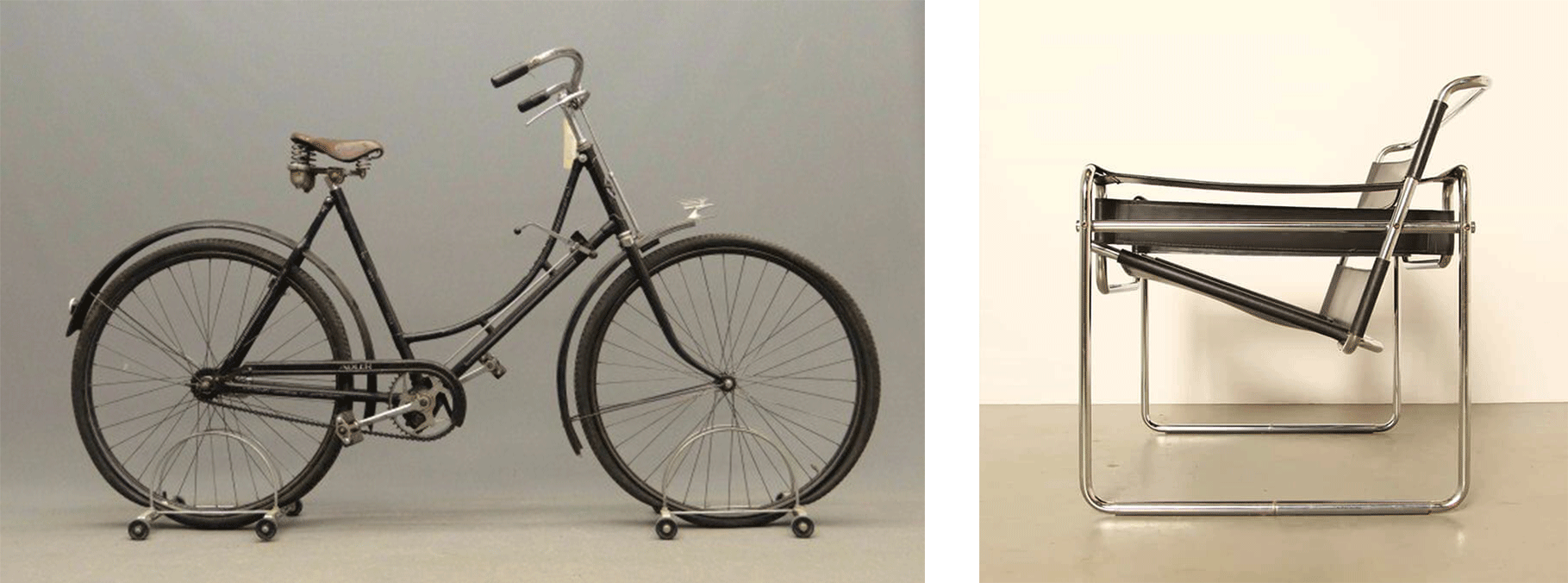
The resilience needed to support a person seated on a bicycle lent itself to the idea of durability required for a chair. This is a compelling example of how designs can emerge from reflecting on objects that, at first glance, seem unrelated to the intended creation. One of the most evocative images associated with the Wassili chair is that of Marcel Breuer seated in it
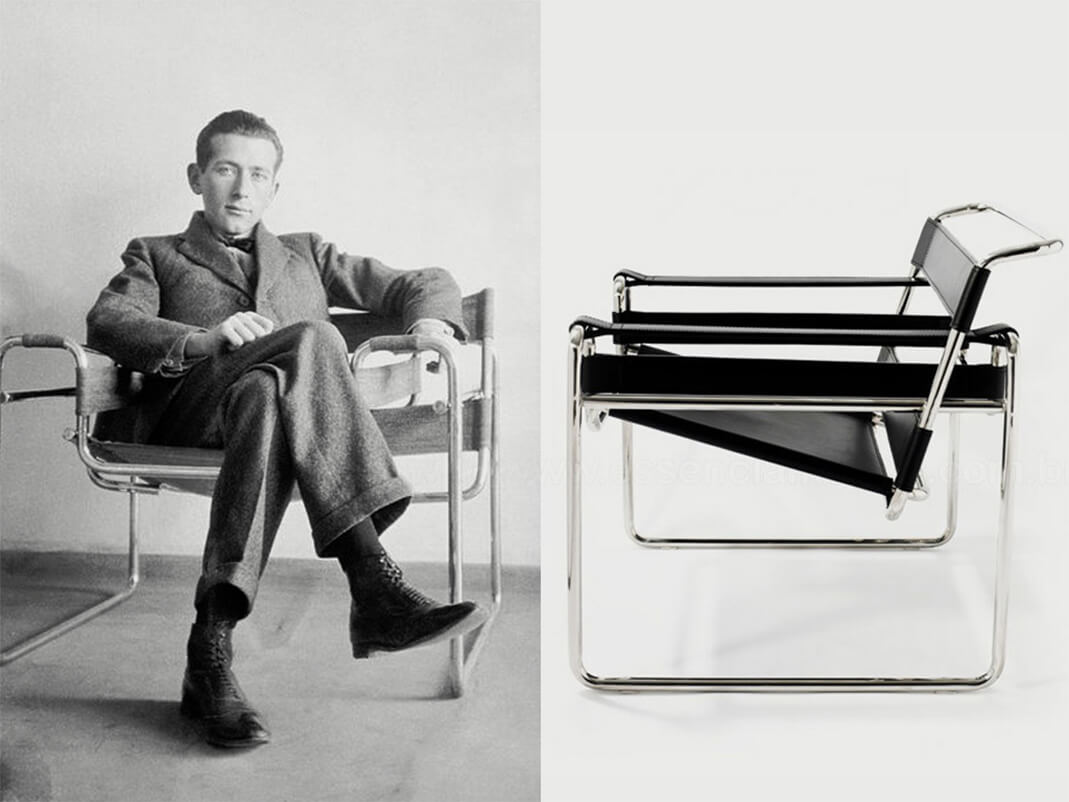
The other reference is that of a woman with a mask sitting in the chair. This photograph was taken by a student of the Bauhaus and shows a woman wearing a theater mask designed by Bauhaus professor Oscar Schlemmer, known for the Triadic Ballet.
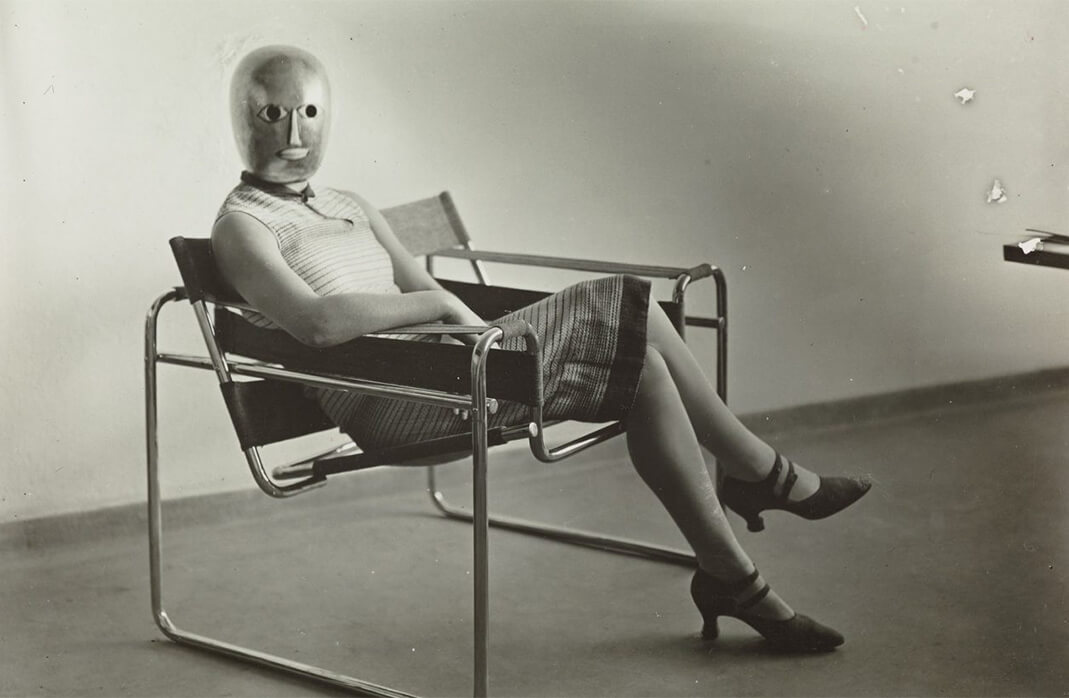
These are two of the references that form part of Quitllet’s inspiration: the chairs and masks of the Bauhaus. The other aspect of his inspiration is associated with Pablo Picasso. It is widely known that the figure of the bull or the minotaur appears frequently in Picasso’s work, whether in sculptures, drawings, or paintings. His affinity for African masks is also notable, as he had a collection of them. Furthermore, the painter depicted himself wearing masks on several occasions.
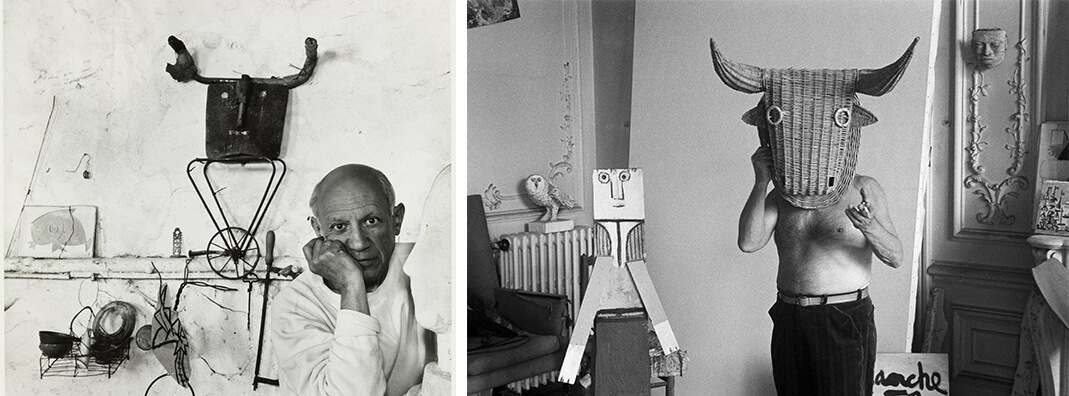
As previously mentioned, the bull and the minotaur figure prominently in Picasso’s work. From this artist, we’d like to spotlight “Tête de taureau,” a sculpture crafted from bicycle components: featuring a leather seat for the head and horns fashioned from handlebar tubing.
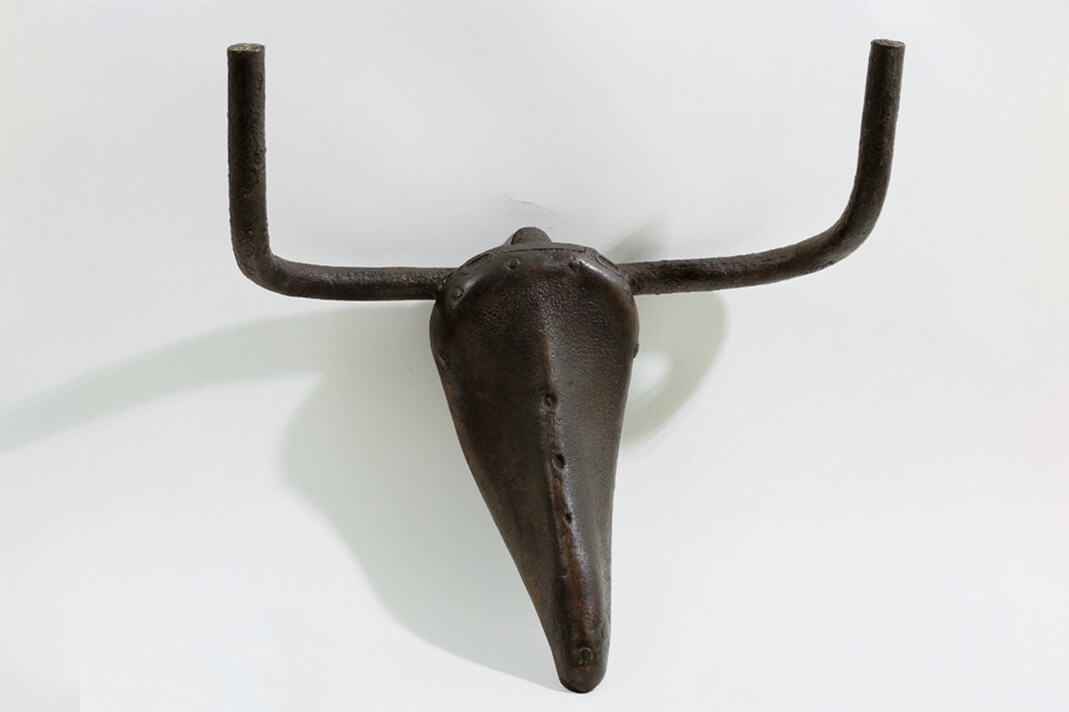
The Minotaur evokes immediate associations with “Beauty and the Beast.” This connection is not confined solely to the drawing found in the Suite Volard but extends to the numerous occasions when Picasso depicts it throughout his career.
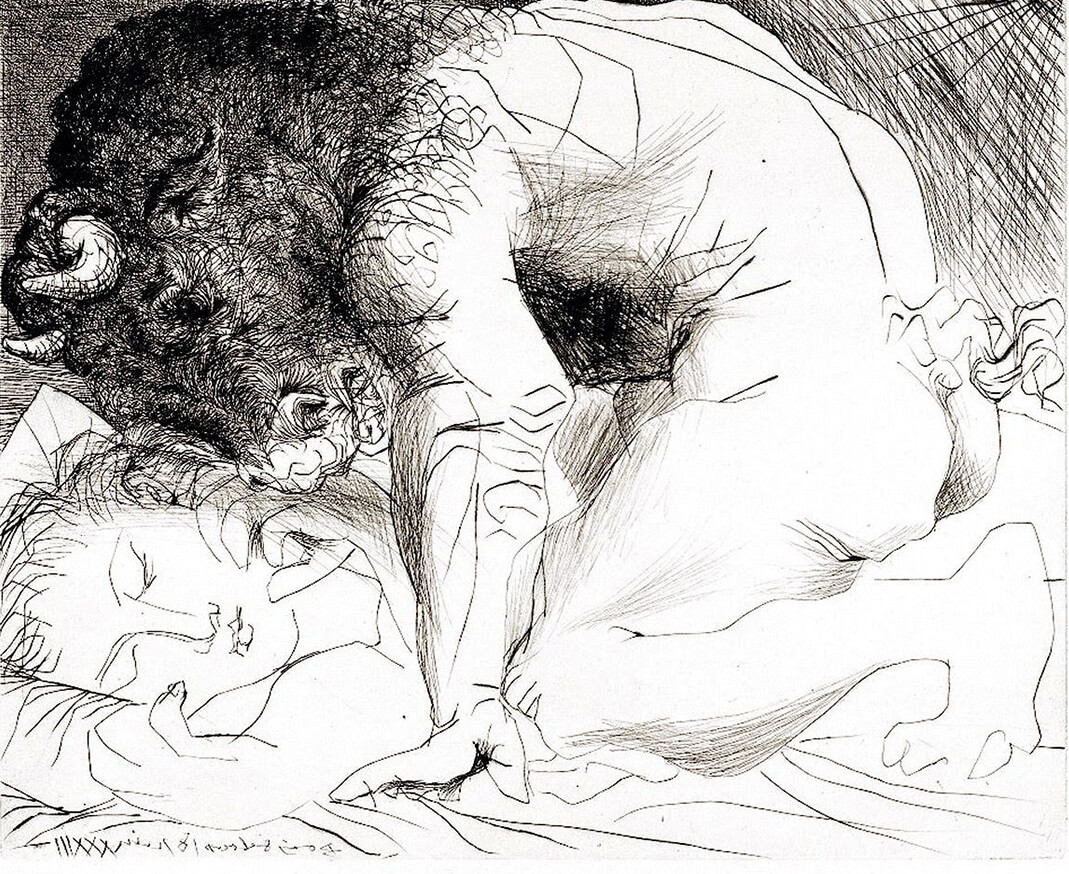
Quitllet skillfully connects all these references with the TUBE chair. Its seat features a mask drawn underneath, echoing Schlemmer’s and Breuer’s works. Breuer’s steel tube structure and bicycle are reminiscent of Picasso’s sculpture “Tête de taureau.” Additionally, Picasso’s Minotaur, intertwined with the story of “Beauty and the Beast,” influences Quitllet’s narrative of the chair. The designer aims to pay homage to both poetry and industry, juxtaposing the chair’s feminine shape with the robustness of the tube structure industry.
